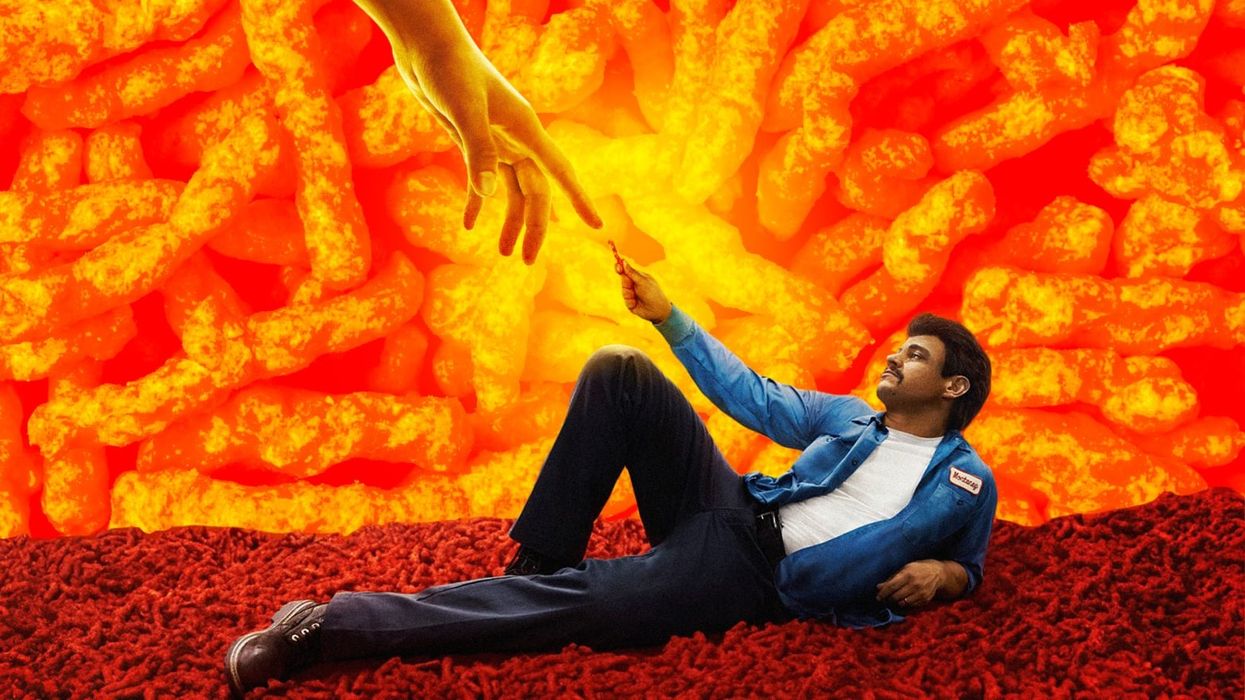
This post was written by Brandon Mendez.
Growing up, I was an avid watcher of Searchlight movies. Seeing the iconic 20th Century Fox film studios intro, which is now Searchlight Pictures, always sparked a dream within me to one day work within the film industry. The idea of working with the likes of Eva Longoria and Devon
Franklin, the producer, was incredibly motivating. I knew how hard they worked to get to where they were, and I aspired to work with individuals who shared my passion for the art of storytelling. Receiving the script for my first studio film was a special moment for me. While the stakes were high, it was a great opportunity to work on a project that I truly believed in.
The story that was being told in the film was very personal to me. It was relatable to how I was raised, the relationships I had in my life, and the community that I grew up in. I felt that it was an opportunity to tell a story that I had not only heard from my own family but from the community I grew up in. It’s rare to find feel-good stories in television and movies nowadays, and while I appreciate good drama, this was a chance to work on a project that would encourage people to pursue their dreams. Working on this film was great and reminded me of the power of storytelling to bring people together.
 ‘Flamin’ Hot’Credit: Hulu / Disney+
‘Flamin’ Hot’Credit: Hulu / Disney+
Approaching the script was a collaborative process between Cabot McMullen and me. We had strong communication and worked together to figure out how we wanted to delegate tasks through the script. We tackled the script by breaking it into different eras and developing a color story for each era. The color story was essential as the film spanned several decades, and we wanted to maintain clarity for the audience as the film was fast-paced. We made sure to differentiate between the corporate environment, which was cooler in tone, and the home environment, which was warmer and more inviting.
Cabot and I faced our toughest challenge when we had to recreate the factory. As it was a period factory, we couldn’t use modern machinery to create the set pieces and working machinery. We had to rely on creative ways to bring this factory to life, for example, a majority of the set pieces were on casters, which allowed us to move them to the camera and create different setups within our factory floor. This challenge pushed our creative boundaries and allowed us to grow as artists, which is something all aspiring filmmakers look forward to.
One of the more memorable moments for me in the film was when I visited Richard Montañez’s house prior to filming. He showed me pictures of his life growing up as a young man in Guasti, CA. Having read the script prior to our meeting, it was touching to see his personal photos reflect what had been written on paper. I felt that we had to tell his story and accurately depict his life. The close relationships that developed between myself, Eva, Cabot, and Federico Cantini, the DP, was something I’ll never forget. Even though we worked long days, it never felt like work. I made lifelong friends on the project.
 ‘Flamin’ Hot’Credit: Hulu / Disney+
‘Flamin’ Hot’Credit: Hulu / Disney+
I studied Product Development in college and moved to LA when given an opportunity to work at Bradley Bell Stages as a writer and directors PA/assistant. While interning, I began to help numerous friends work on their music videos, the opportunity to work in the art department arose and I quickly fell in love with it. I was able to move up the ladder and become a
Production Designer, where I have spent the last 12 years of my career. After working on numerous Indies, I landed the film Four Good Days and the SpongeBob 20th-anniversary live-action episode. These moments all helped prepare me for working on Flamin Hot.
Overall, working on this film was a dream come true. It was an opportunity to work with individuals I admired and to tell an important story. The collaborative process was rewarding, and I am proud of the final product we created.
This post was written by Brandon Mendez.
Author: Guest Author
This article comes from No Film School and can be read on the original site.
